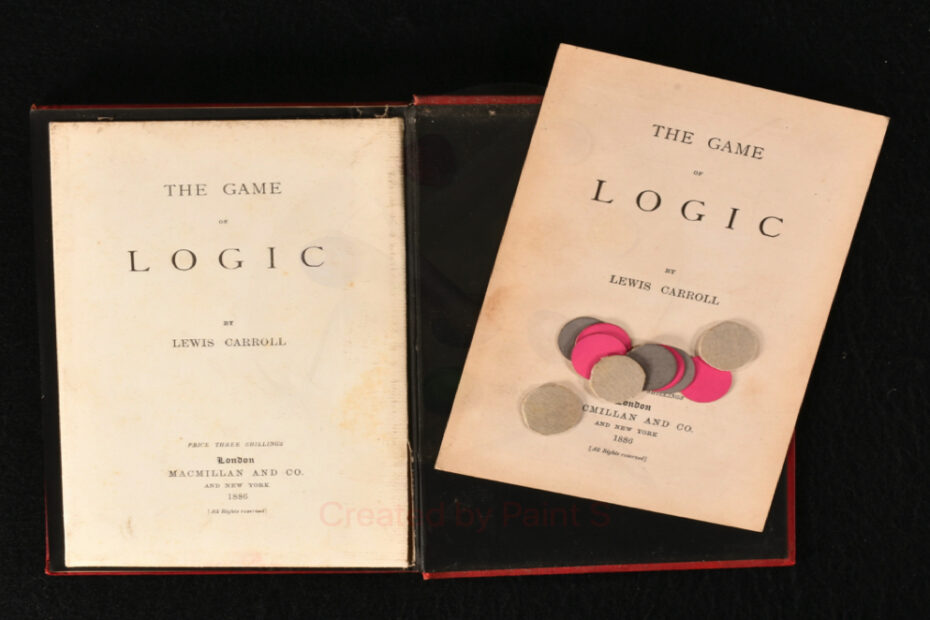Lewis Carroll, born Charles Lutwidge Dodgson, had also produced several mathematical works besides novels and poems. With regards to mathematics, his works were primarily in mathematical logic, recreational mathematics, geometry, and linear and matrix algebra.
Carroll produced almost a dozen books on mathematics under his real name. He also came up with new ideas in the subjects of linear algebra and probability. There was a renewed interest in his mathematical works during the late 20th century. Given below are some of his prominent works on mathematics:
Euclid and His Modern Rivals
Published in 1879, this book considers the teachings of thirteen contemporary geometry textbooks. It demonstrates how each of them are identical or inferior to Euclid’s Elements. Carroll supported Euclid’s geometry textbook Elements as the geometry textbook that was ideal for use in schools.
Carroll defends Euclid’s book against its rivals of modern age. It also tries to show how all of them are inferior to Euclid’s book. Euclid of Alexandria was a Greek mathematician and is often referred to as the ‘founder of geometry’. He lived in Alexandria during the reign of Ptolemy.
Elements is among the most influential works in the history of mathematics. It was the main textbook for teaching mathematics from its time of publication until the early 20th century. Euclid and His Modern Rivals takes the form of a whimsical dialogue despite its content and scholarly subject.
In this book, the dialogue is primarily between Minos and Professor Niemand. Minos is a mathematician and Professor Niemand represents the rivals of Euclid.
The Alphabet Cipher
This cipher by Carroll was published in 1968 in a children’s magazine. It describes a popular scheme in cryptography called the Vigenere cipher. While it was mentioned as ‘unbreakable’ by Carroll, Friedrich Kasiski had already described how to break such ciphers.
Besides this, Charles Babbage had found ways to break polyalphabetic ciphers during the Crimean War. The cipher begins with a tabula recta. In cryptography, it is a square table comprising of alphabets. Each row of these alphabets is made by shifting the previous one to the left.
Each column of the table makes up a dictionary of symbols that represent the alphabet. In order to use the table, the two correspondents must agree to some word or sentence. This can be called ‘key word’ or ‘key sentence’ and must be carried only in the memory.
While sending the message, the key word is written over it, letter for letter. Repetition is made as often as necessary. The letters of key word indicate which column must be used for translation of each letter. This makes it impossible for anyone to decipher the message who ignores the key word.
The Game of Logic
Published in 1886, this book on mathematical logic by Carroll was written in addition to his several other books. It must be noted that Lewis Carroll or Charles Dodgson used to work as an academic mathematician. This book describes the usage of board game to represent logical inferences and propositions.
It provides the description in an informal and playful way. He had incorporated this game into a book called Symbolic Logic, which was published in 1897. This book is a longer and more formal introduction to logic. These two books have been reprinted in a single volume at certain times.
